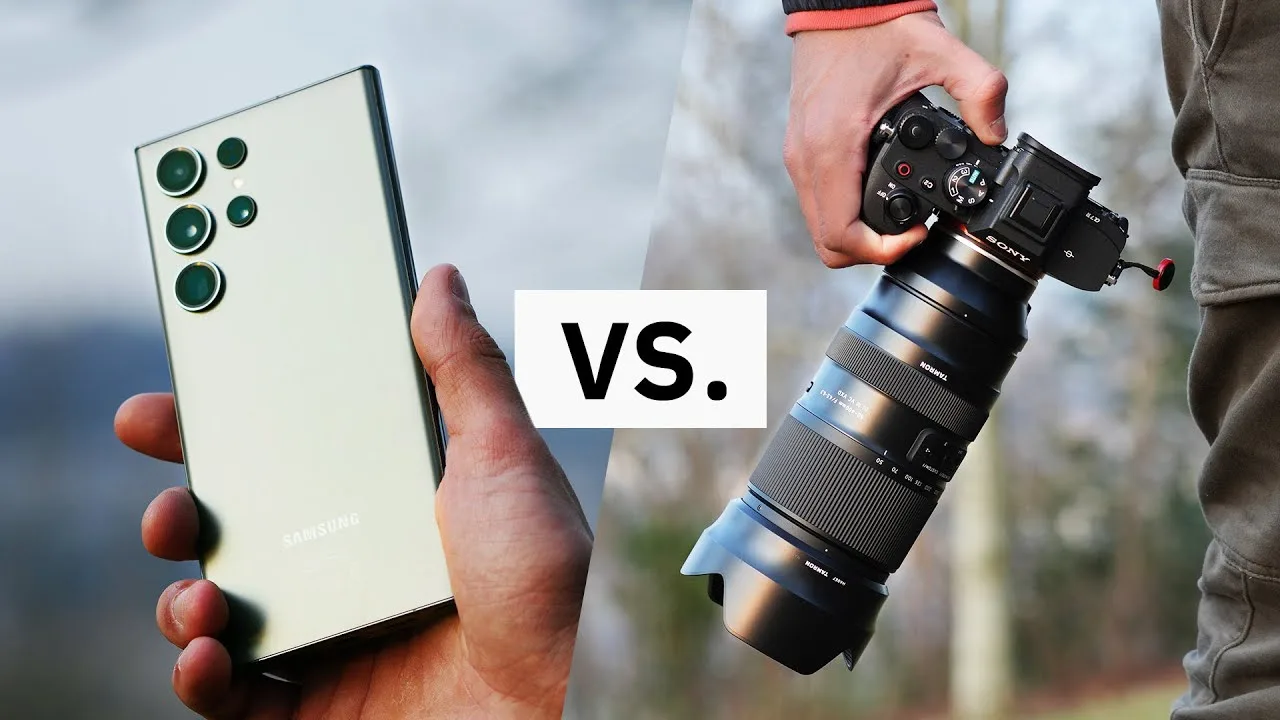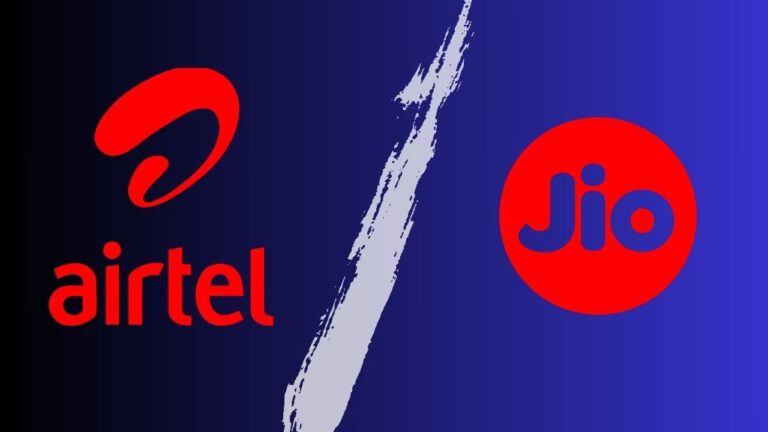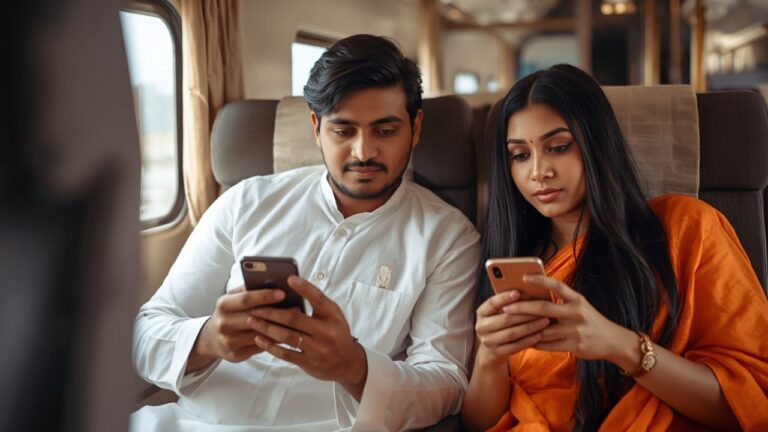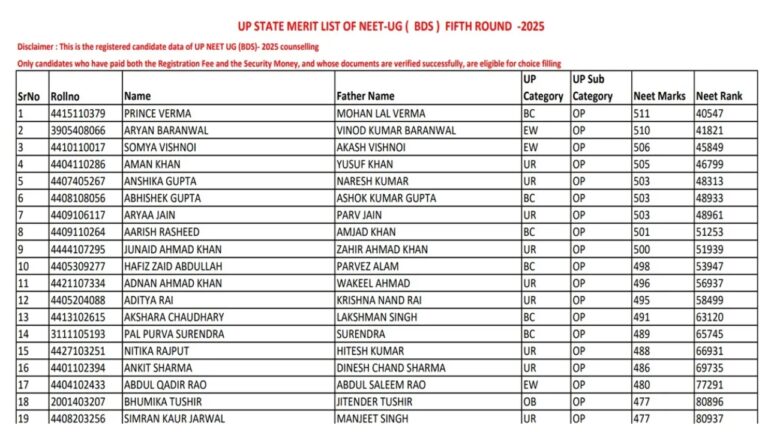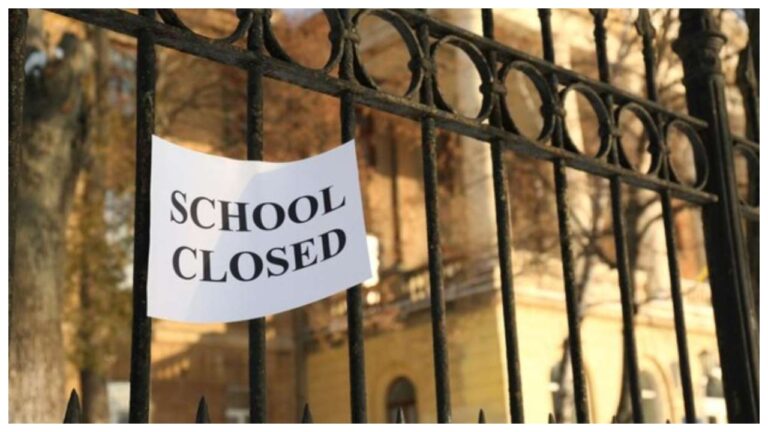DSLR vs Samsung S25 Ultra: Smartphone cameras have advanced much, and the Samsung Galaxy S25 Ultra is just one prime example of that. With enormous megapixel counts and sophisticated computational photography, it competes with conventional DSLRs in so many aspects. But how does it actually fare when pitted against a dedicated DSLR camera? Here’s a side-by-side comparison of their performance based on practical scenarios.
Image Quality and Detail
DSLR cameras have huge sensors and provide amazing depth and detail, particularly in RAW images. The Galaxy S25 Ultra is not far behind with 200MP primary sensor and multi-directional PDAF. Under normal light when the sun is out, both DSLR and S25 Ultra do equally well, but the Samsung phone is not behind when it comes to recording fine textures and keeping it clear, particularly in telephoto shots. The DXOMARK photo quality score of 144 indicates that it’s almost DSLR-grade in most applications.
Autofocus and Exposure
Autofocus speed and accuracy are usually DSLR system strengths by default. But the Galaxy S25 Ultra is not far behind. It scored 103 for autofocus and 117 for exposure. DSLRs tend to be more stable for low-light focusing, but Samsung’s phone is still quite impressive with good lighting and even delivers consistent performances indoors and outdoors. There are some slight autofocus wobbles in video mode, where DSLRs continue to excel.
Zoom Abilities
DSLRs are still the best in optical zoom, but the S25 Ultra is a close contender. With two telephoto-specific cameras (10MP and 50MP), it achieved a 149 in zoom capability. The periscope nature of the 111mm lens particularly excels at far-away shots. DSLRs perform better at ultra-far distances, but for daily usage, the Samsung provides ease without much sacrifice.
Low-Light Ability
In shooting under difficult lighting, DSLRs have better noise and dynamic range control. The S25 Ultra still managed 138 in its low-light test, which is very impressive. It does have some problems such as noticeable noise and some instances of white balance randomness, but the image is still usable overall. DSLRs still excel at clean recovery from shadows and proper tone reproduction in the dark.
Video Recording
DSLRs can record great video with cinematic depth of field and external mic support. Samsung S25 Ultra, however, scored 143 in video capture with sharp video, stable stabilization, and natural skin tones even in bright conditions and indoors. Exposure shifts and noise do appear in low-light video captures, something that is handled better by DSLRs with manual controls.
Portraits and Bokeh
DSLRs can’t be matched for natural bokeh through wide-aperture lenses. Though the S25 Ultra attempts with software blur, it also occasionally doesn’t turn on bokeh mode effectively. Nevertheless, the phone achieved 70 in bokeh quality and 154 in friends & family category, reflecting consistent performance for everyday portraits. Edge detection and depth in DSLR portraits, though, still surpass.
Consistency in Different Conditions
DSLRs are versatile under varying lighting with control being manual, but the Galaxy S25 Ultra is a great adapter to different scenes. It scored 180 in outdoors, 169 indoors, and 154 portraits, which are indicators of its versatility. Although it suffers from exposure or color at times, its outputs are usable without editing directly from the camera, unlike DSLRs, which are forced to undergo post-processing.
You can also watch the details in video uploaded by a thread user.
